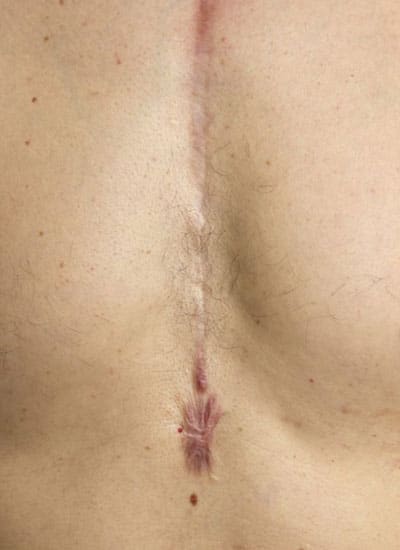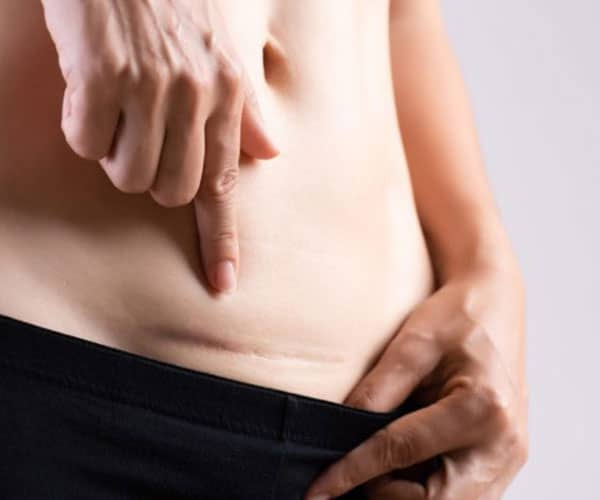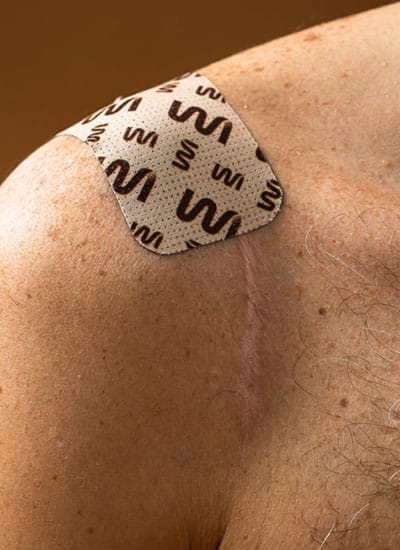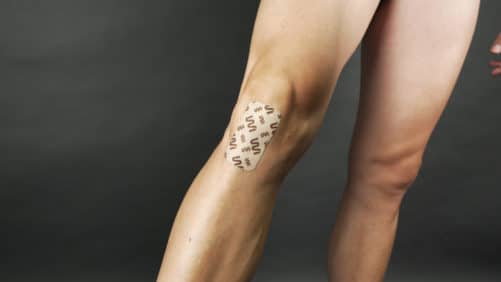
Understanding musculoskeletal disorders
Musculoskeletal disorders, also known as MSDs, are common multi-factorial diseases of the musculoskeletal system (legs, arms, back, neck, etc.).
Professional and extra-professional activities can trigger, aggravate and maintain the onset of these disorders.
MSDs affect all soft tissues (periarticular) such as muscles, joints, tendons and nerves. This functional discomfort, responsible for persistent pain, has repercussions on a variety of bodily regions and, ultimately, on quality of life. We take stock of the situation in this article.







